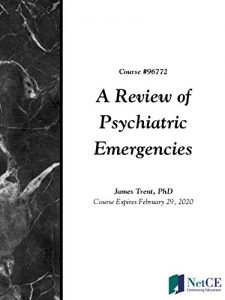The prevalence of burnout among physicians is higher than that among the general U.S. population. The purpose of this course is to provide information on personal and professional strategies to cope with stress and avoid burnout. In addition, members of the public may use this course to enhance their personal knowledge of the subject matter presented.
Upon completion of this course, you should be able to:
1. Define burnout and its relationship to job dissatisfaction and stress.
2. Identify the work environment and personal risk factors for burnout.
3. Recognize the most common physical, psychologic, and interpersonal/social signs and symptoms of stress and burnout and tools to measure burnout.
4. Discuss the prevalence of burnout among physicians.
5. Explain the primary causes of stress and burnout among physicians.
6. Describe the effects of physician burnout on the quality of health care.
7. Select personal and professional lifestyle changes to manage stress and prevent burnout.
This 5-hour continuing education course is available for download for professional development; if continuing education credit is desired, please see instructions included in eBook.
Upon completion of this course, you should be able to:
1. Define burnout and its relationship to job dissatisfaction and stress.
2. Identify the work environment and personal risk factors for burnout.
3. Recognize the most common physical, psychologic, and interpersonal/social signs and symptoms of stress and burnout and tools to measure burnout.
4. Discuss the prevalence of burnout among physicians.
5. Explain the primary causes of stress and burnout among physicians.
6. Describe the effects of physician burnout on the quality of health care.
7. Select personal and professional lifestyle changes to manage stress and prevent burnout.
This 5-hour continuing education course is available for download for professional development; if continuing education credit is desired, please see instructions included in eBook.












